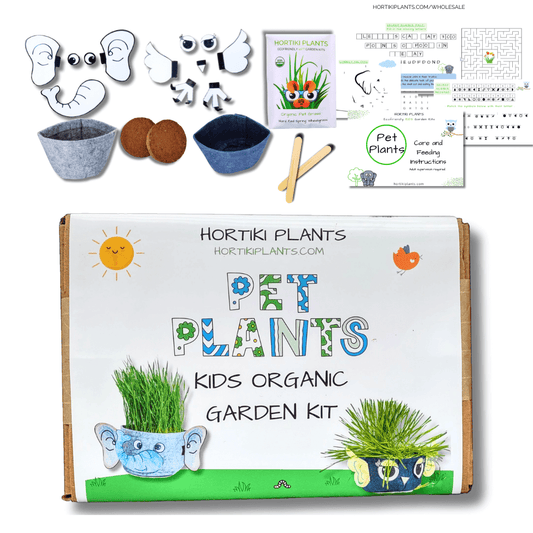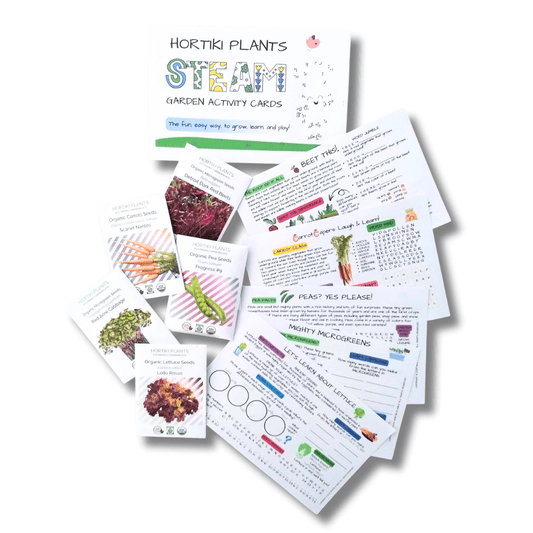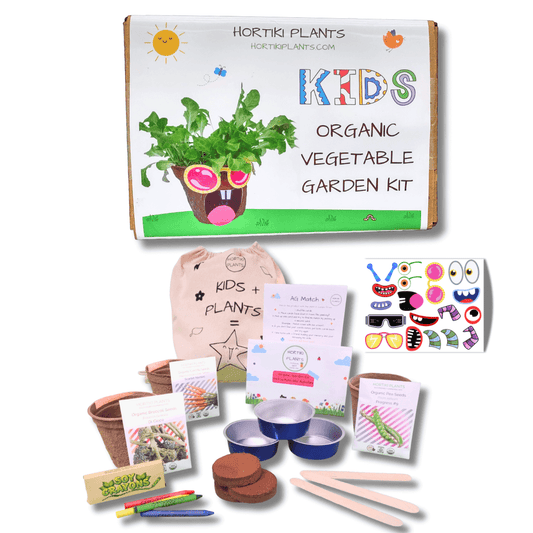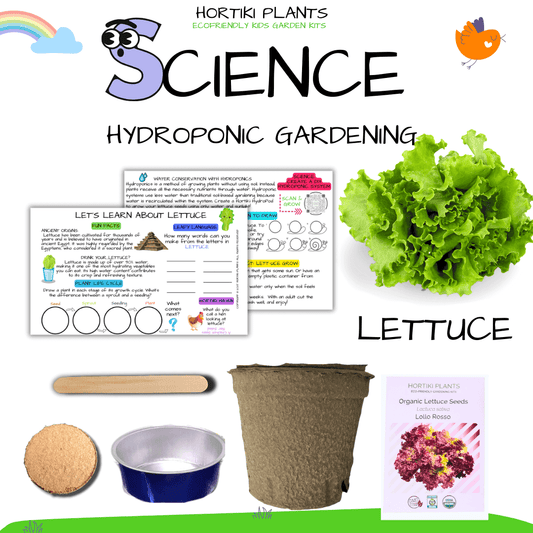October Edible Gardening Guide
VICTORIA LEBEAUX
Hardy Leafy Greens
Varieties: Kale, Tatsoi, Winter Lettuce, Spinach.
In most areas of the US there is still time to plant hardy leafy greens from seed. Start now for a fresh, antioxidant-rich harvest through the cooler fall months. Check out tour Kale, Tatsoi, and Leafy Green garden kits to get everything you need to start in one easy bundle. If you don't want to start from seed, you may still find live transplants in local nurseries. Local nurseries will have varieties tailored to your local environment. Ask them about the last planting dates for your areas.

Fruit Trees Varieties: Apple, Apricot, Banana, Citrus, Cherry, Fig, Pear, Plum, Peach, and Others
. If you have the space for fruit trees, fall is a great time to plant them. It allows the roots to get established before going dormant in the winter. This head start leads to heartier growth and better fruiting. If you live in an apartment but have a patio or balcony, look for dwarf varieties. Feeling adventurous? Consider the technique of espalier

Photo Credit: Janet Eastman | The Oregonian/OregonLive; https://www.oregonlive.com/hg/index.ssf/2015/07/kitchen_garden_versailles_king.html Espalier (pronounced is‐pal‐yah)
Espalier is a french term meaning shoulder or support. In espalier, fruit trees are trained to grow flat along garden walls to make the most of small garden spaces. The invention of espalier is often credited to the Romans. Actually the technique was in use at least 700 years earlier in Africa and China. Fig trees trained flat against a wall appear in paintings in the tomb of Egyptian King Amenhotep II (1400 B.C.). It's popularity flourished in Western Europe during medieval times, and the style can still be seen on prominent historical estates, such as the Versailles gardens. Today, espalier is considered both a horticultural technique and an art. By training your tree you can save space and create a unique and beautiful addition to your garden. This quick guide from the University of Florida provides an overview of the technique. See below for additional examples of the many shapes you can create with patience and a good set of pruning sheers. 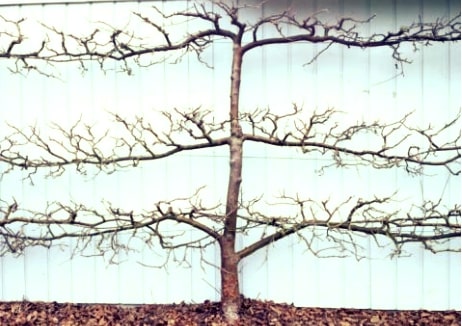

(Examples of Espalier Tree Patterns. Photo Credit: Chuck Ingels, University of California Cooperative Extension: http://sacmg.ucanr.edu/files/265880.pdf )
If you'd like to try growing a fruit tree indoors, consider a dwarf citrus. With enough light you can get fresh fruit without sacrificing space. If you have children or pets keep in mind most citrus trees have thorns. However, thorns can be easily cut back without damaging the tree. Dwarf Banana plants are another fun options for indoors. Although they can grow to 10 feet, they can be kept smaller in containers. Try the Dwarf Cavendish Banana, a variety known for lush, dark green foliage. The fruit are sweet and small (approximately 4-inches) and can take a few years to start appearing. Be patient. Fruit trees are perennial and will reward you with years, or even decades of harvests with care. If you keep them in containers, they can move when you do, so don't be shy about giving them a try!
October Gardening Bonus - Flowers
Hortiki and I love to encourage you to grow an edible garden no matter how small your space. But flowering plants are beautiful and fun additions that will add vibrancy and fragrance to your small space. Beautiful spring flowers continue to be a great investment this month. Consider annual flowers you can buy specifically for holiday blooming. Also invest in perennials you can over-winter on your balcony that will come back each year.
Forced Flowers for Holiday Cheer
Varieties: Amaryllis, Crocus,Daffodil, Freesia, Hyacinth, Iris, Paperwhite, Snowdrop. Pre-order flower bulbs now. Force in November and December for colorful holiday blooms. To force, keep your bulbs in a cool dark location for the next few months. When shoots start to emerge, move the containers to a warm, bright room. This will send a signal to the plants that it's time to bloom. These colorful flowers make great host and hostess gifts for holiday parties.

Spring Bulbs
Varieties: Alliums, Crocus, Cyclamen, Daffodils, Dutch Iris, Grape Hyacinth, Hyacinths, Poppy Anemone, Snowdrops, Spanish Bells, Tulips (just to name a few!) These are some of the same varieties suggested for forcing but they can also bloom naturally. You can keep these outdoors in containers over the fall and winter and they will bloom in the spring. Keep an eye out for cold snaps though and protect early blooms as needed.

Spring blooming flowers.
Plant bulbs in Fall Perennials Varieties: Aster, Clematis, Coral Bells, Dianthus (Pinks), Myosotis, Scabiosa (Pincushion Flower), Sedum, Yarrow, and many more! Now is also the time to start shopping for perennial flowers. Perennial plants live for several years and flower every year so they are a great investment. Also, many varieties will grow well in containers and even indoors near a sunny window. Check out this article by the University of Georgia's agricultural extension office for a deep dive on planting perennials in containers. They also have an extensive list of perennials that will thrive in containers.
That's it for this month! Download the FREE Guide for easy reference: Effortless October Container Gardening Fall gardening guide.

Need additional advice or resources? Have another suggestion or just want to share how your garden's growing? Leave a comment below or on social @hortikiplants
Reference Links: History of Espalier 1.https://www.nytimes.com/2000/12/28/garden/a-tree-sculptor-revives-an-ancient-art.html 2. https://www.theaustralian.com.au/life/espalier-flat-chance-for-gardens/news-story/58aceea0d28a3a758bf22e4c1436674c
